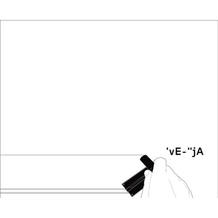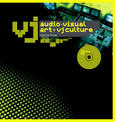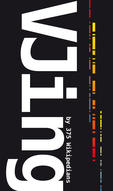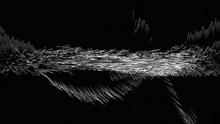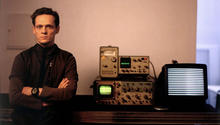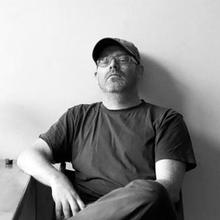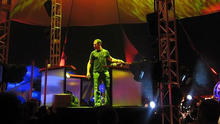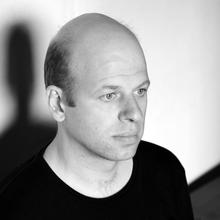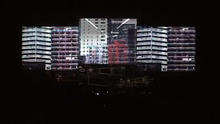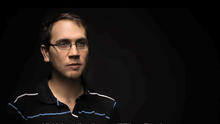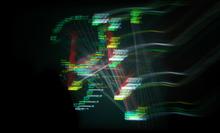Wüstenarchitekten
is the live video project of Markus Heckmann. He is a developer at Toronto's Derivative where he works on Touch, a tangible interface for mixing video.
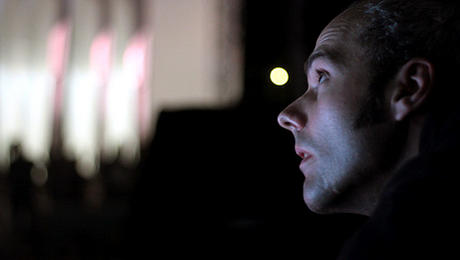
Wüstenarchitekten explores the spatial qualities of music. Markus Heckmann describes his working methodology: "Working live on a procedural basis the visuals tend to develop structure, patterns and aesthetics in close relationship to the music. Where music is ethereal and architecture is fixed, real time interaction with graphics give us the possibility to ever changing experimental forms, shapes and ultimately spaces."
Source: Serial Consign
Wuestenarchitekten is working in 3D motion design and live visuals.
He is working for Toronto based Derivative whose TouchDesigner is his favorite tool to create stunning and interactive video experiences for corporate, music and art events.
This occupation has recently taken him to world wide Festivals like Transmediale, OFFF and Mutek were he had the chance to present work developed for and with artists on the German raster-noton label such as alva noto, snd, Vladislav Delay and Kangding Ray to name a few.
Using solely live generated content, Wuestenarchitekten works on the junction of media and space trying to create a unique artistic experience.
Source: initlive.com
